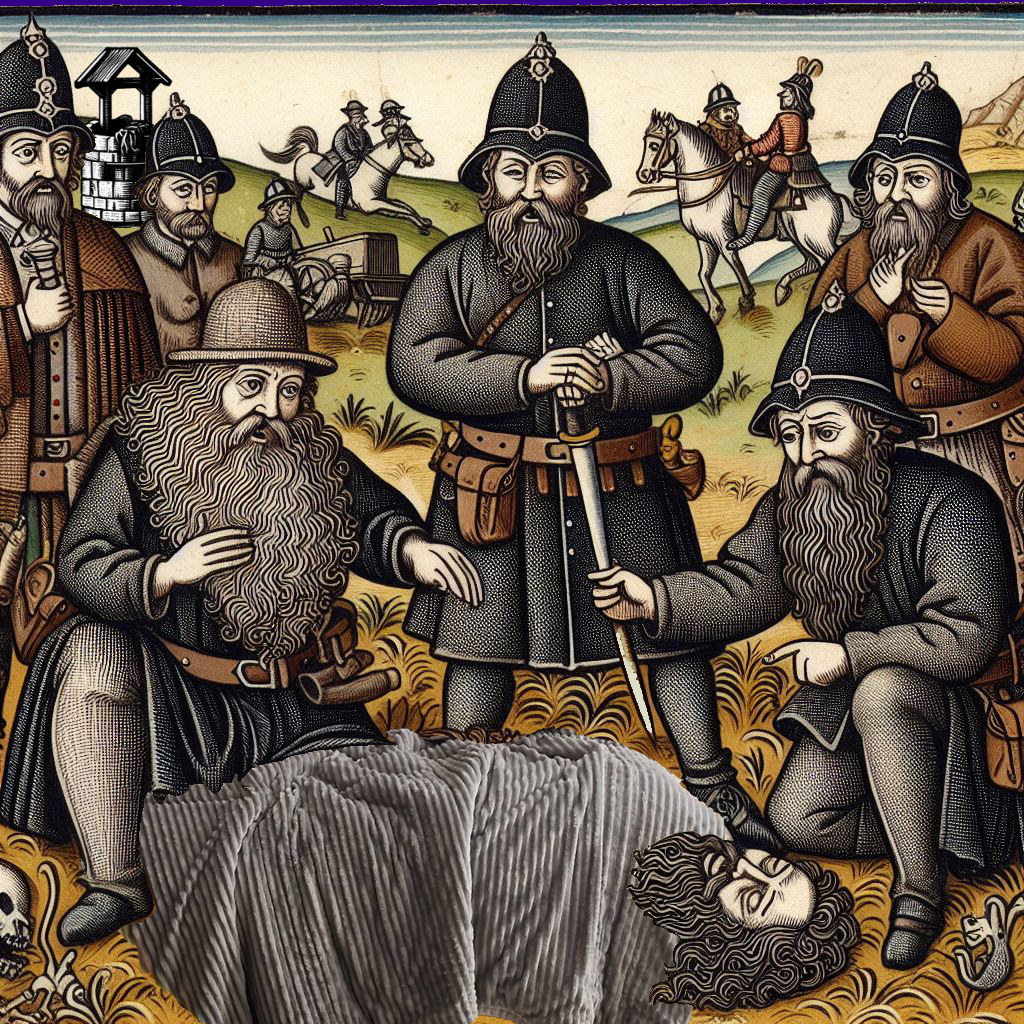“In Search of the Perfect Office,” my May 2, 2023, SleuthSayers post, described my return to full-time freelancing and my desire to create the perfect office. This was a natural next step in the updating of our home—a project spread out over several years—which had seen us replace a water heater, kitchen appliances, counters, floors, and more. Some updates were by choice and sometimes were because things had worn out during the years Temple—our home’s original owner—has lived here.
Like many writers, my primary office was filled with a mismatched mishmash of furniture and other stuff acquired during a lifetime of writing. Furniture was mostly black and stainless steel, and floor space was at a premium, creating a dark cavern rather than an inviting creative space and forcing me to occasionally spread my work into the dining room.
After much discussion, we realized the only option was to go up—that is, to utilize wall space rather than floor space—and we sketched variations of how a redesign might work with new cabinetry. We also discussed what my office might look like if we spared no expense.
Then we swallowed hard and scaled back.
THE DECISIONS
Before and after photos of my primary office.
We had several goals with the office redo:
Utilize the available space more efficiently. Going up was the only solution.
Create a more inviting space. This meant changing the general color scheme from black and stainless steel to white and gray. It also meant making the space less claustrophobic.
Keep work entirely within a single room. I had been migrating to the dining room table anytime I had to spread things out, so a large desktop/countertop was necessary. I also utilized a second bedroom, where I had a workstation set up with a computer specifically to do work for my largest client, and I wanted to move it into the main office.
Improve lighting. Because the room had only a central overhead light and a couple of clamp-on desk lamps, I often worked in my own shadow. Under-shelf lighting seemed appropriate.
Add more filing drawers. A career’s worth of writing filled six four-drawer filing cabinets and, because there wasn’t anywhere to put another, files were being stacked atop the filing cabinets. So, all six four-drawer cabinets were replaced with five-drawer cabinets, another example of going up.
THE PROCESS
Before and after photos of my secondary office.
After determining what we wanted done and finding someone who could do it, I began a multi-week migration out of my two rooms, turning the rest of the house into a hoarder’s paradise, with my stuff crowding available space in multiple other rooms.
As I moved things, I did a bit of winnowing. I finally threw away things I should have thrown out long ago, filled several Little Free Libraries with books I no longer needed, and donated or gave away old furniture, knick-knacks, and whatnots.
We had new carpeting installed (which would have happened whether I redesigned my office or not), had new cabinetry installed, and new filing cabinets arrived. Then I began the multiple-day task of moving everything back. Again, I discarded or gave away things I no longer needed, and I attempted to better organize what I kept.
THE END RESULT
Is my new office everything I dreamed it would be?
No, but it’s darned close.
I now have a workspace that’s warm, open, and inviting. During the past few weeks, I have felt much more at ease in my office. I no longer feel like I’m crawling into a claustrophobia-inducing dark hole when I enter, and I feel like I have room to spread out projects if I need to.
I believe this will help make me more productive, but only time will tell if that’s true or if I will, over time, turn it back into a claustrophobia-inducing dark hole.
Has anyone else attempted a complete overhaul of their writing space? What did you do, and how did it turn out?
Murder, Neat—the first SleuthSayers anthology—is available in both paperback and Kindle editions from Amazon and your favorite bookstores.














































